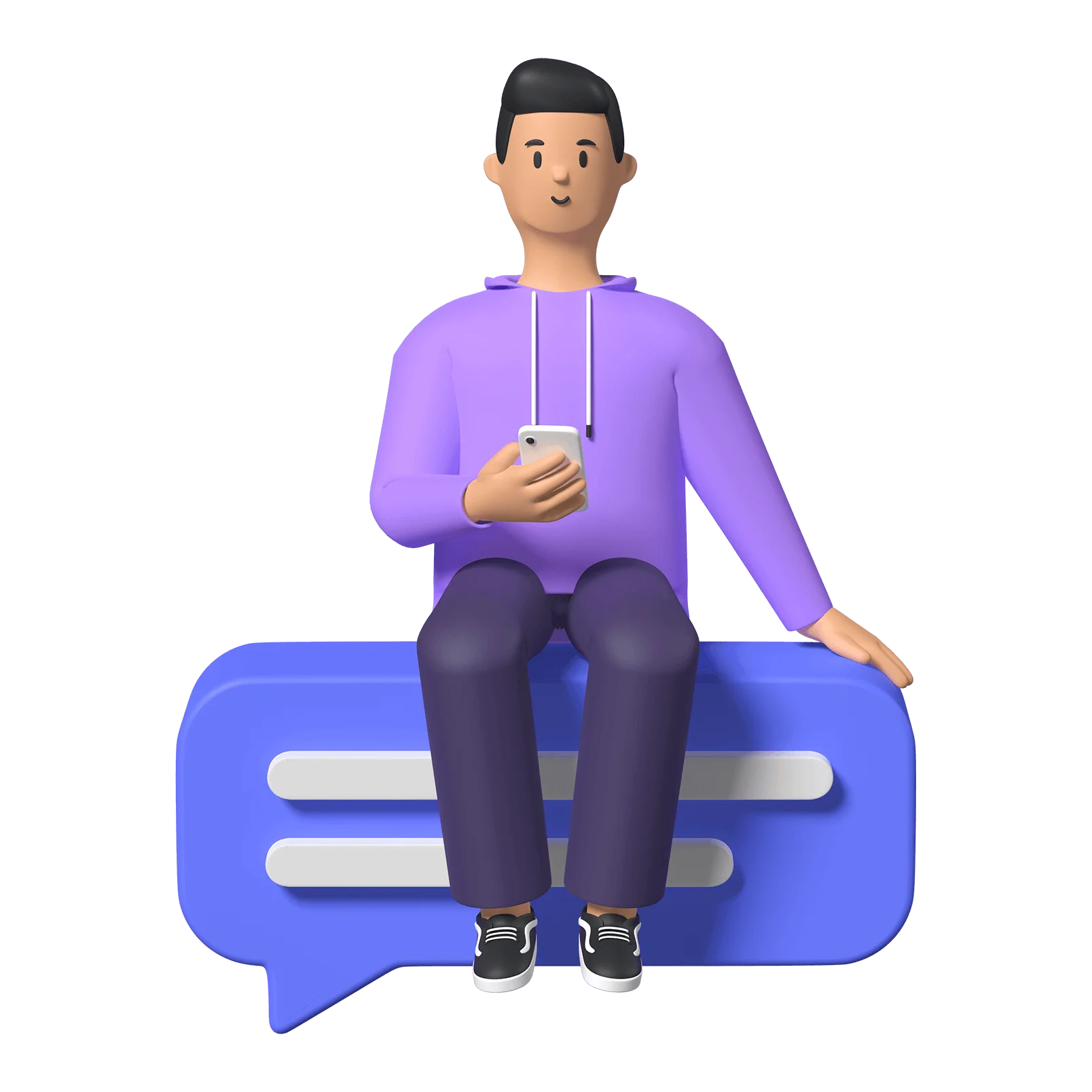Introduction
This is the All Access podcast Access & Allies. My name is Rowan; I’m the co-Founder of All Access.
The goal of Access & Allies is to attempt to break down any digital accessibility topic under the sun to answer any and all of your questions around making digital tools more accessible. Thanks for tuning in, and if you prefer to read along, make sure to find this episode’s transcript in the notes — along with any resources I mention.
All Access is an initiative focused on supporting organizations and business leaders in making their online presence and digital information accessible to everyone, regardless of ability or disability, device they’re using, or their location, be it sitting at home or on the bus. We make inclusive digital spaces through making new or retrofitting existing websites to meet the WCAG’s standards for accessibility, training & consulting, and full or partial site assessments.
Now, let’s get started with today’s topic: What’s New in the WCAG 2.2?
Topic Intro
That’s right, last month the W3 released the Web Content Accessibility Guidelines version 2.2! A much anticipated update, and now all of us in digital accessibility are updating our knowledge on the guidelines and making sure our own work is up to date with the latest success criterion.
So, what are the updates exactly? How do they affect your audience? And what are the need-to-know details? In this episode I will cover most of the updates with you and provide some examples for why they are important.
What updates will I not cover? Well, most folks strive to meet A and AA standards, so I will talk about these success criterions with recent changes, but I am going to leave out AAA. But if you’re a keener and want to know the latest on the highest standards of web accessibility, make sure to click the links in the notes section.
Much of this episode’s content was found within two main sources:
Directly from the W3’s Web Content Accessibility Guide 2.2 update, and
Deque’s page on what’s new in the WCAG’s version 2.2Both of which I will link in the notes section of this page so you can go directly to the sources if that’s useful for you.
Before we jump into the new Success Criteria it’s important to emphasize the attention given to cognitive disabilities in the WCAG 2.2 additions which underscore a commitment to inclusivity, ethical development practices, and the creation of technology that benefits a diverse and varied user base. It's a step towards a future where technology is not just advanced but also considerate of the unique needs and challenges faced by individuals with these specific barriers.
So with that, let’s dive into it…
3.2.6: Consistent Help (A)
The first new success criterion on our list is 3.2.6: Consistent Help which is an A-standard success criterion. Consistent Help means that any help mechanisms that are on multiple web pages MUST occur in the same spot on each page. The only exception is when a change is initiated by the user.
If you have a chat icon, a phone number, an email button, anything to indicate accessing support that is found throughout the site, those have to be in the same spot no matter what page the user navigates to. Who is it for?
This is especially important for people with cognitive disabilities, and it reduces that cognitive load and makes their experience with your website easier to navigate.
3.3.7 Redundant Entry (A)
Next on our list is 3.3.7: Redundant Entry. If you have a form on your website, make sure you aren’t asking for the same information multiple times.
If someone has entered information into a form, make sure you aren’t having them fill out this information again and again. Auto-populate that data for them! Who is it for?
This is especially important for people with cognitive disabilities and recall issues who struggle to remember or dig up information. Once should be enough — the computer can do the rest.
2.4.11 Focus Not Obscured (Minimum) (AA)
Now we are into the AA standards, so moving a step up in meeting accessibility requirements.
This next success criterion is 2.4.11: Focus Not Obscured. And this is a minimum standard that also has a AAA component, but we will only cover the AA standard.
The content on your website should not be obscured or covered by any other content without user control or consent. The biggest example that comes to mind is popups. They often come out of nowhere for users as marketing campaigns, but they completely derail navigation and flow of focus, both cognitively and in terms of user control.
Who is it for?
All success criterions are important but this one benefits a wider range of people who face barriers. People with cognitive disabilities will appreciate a distraction-free digital environment and people who use screen readers will be more likely to actually be able to use your website. So many wins!
2.5.7 Dragging Movements (AA)
There are only three more criterions on our list here, and the next is 2.5.7: Dragging Movements. Whenever there is an interactive feature on your website that requires clicking and holding, moving the mouse, and releasing the click, there has to be an alternative that does not require the user to use this type of mobility. Instead, the user should be able to interact without that dragging movement.
The best example that comes to mind is both vertical and horizontal scroll bars. Instead of having to drag the scroll bar in any direction, a user should be able to click anywhere in the scrolling area and the page should jump to that spot.
Who is it for?
Anyone who doesn’t use a mouse, or who has hand tremors, arthritis, or several other upper extremity mobility issues will benefit from having this other function available to them. And let’s be honest, clicking is just easier for most of us across the board. Options are good.
2.5.8 Target Size (Minimum) (AA)
Second to last is 2.5.8: Target Size. This one also has a AAA component, so head to the resources for more information on taking it a step further.
For Target Size, anything on your site that is intended to be clicked on like a button, has to be at least 24 by 24 CSS pixels. And this is height by width. If the region surrounding the button is a non-square shape – looking at you buttons with rounded corners – there has to be a 24 by 24 pixel area available for the user to interact with to meet this criteria.
Who is it for?
This minimum of 24 by 24 gives people with shaky hands, other mobility issues, and low vision, a larger landing pad for that mouse clicker.
Accessible Authentication (Minimum) (AA)
And last but certainly not least on our list of new or changed A and AA success criterions: 3.3.8: Accessible Authentication! And keep in mind this is a minimum standard which does have a AAA component, so for all those AAA versions do head to the notes section for resources with more details.
This criterion states that “a cognitive function test must not be required for any step in an authentication process.”
This one can be particularly sticky for developers when authentication is required, so here are a couple examples of what passing this rule could look like:
- Allowing support for passwords with password managers to reduce memory need, and
- Allowing copy and paste to reduce the cognitive burden of re-typing.
Accessible Authentication is not just for password entry but about the dreaded CAPTCHA as well. If you don’t know, Captchas are cognitive tests or puzzles that prove a user is indeed a human and not a robot. They come in a few formats: object identification, math equations, and text-based image deciphering. The jury is still out on whether or not I’m real because I know I’ve failed a number of these in the past. Who is it for?
Captchas might serve an important function but they make your website impossible to access beyond a certain point for users with certain cognitive disabilities, as well as vision-related disabilities.
What’s gone?
One interesting thing to note before we sign off is that success criterion 4.1.1: Parsing has been retired, as it is considered always satisfied for any content using HTML or XML.
Conclusion
Thank you for listening to this episode of Access & Allies on what’s new in the WCAG’s latest version 2.2. I hope this has been a helpful guide, and if you need more information on anything I’ve mentioned please check out the resources listed in the notes, once again.
Want your site assessed for accessibility, or looking for consultation on your site plan? Make sure to reach out — we would love to know how we can support you.
It’s been fun talking at you and until next time on Access & Allies.

